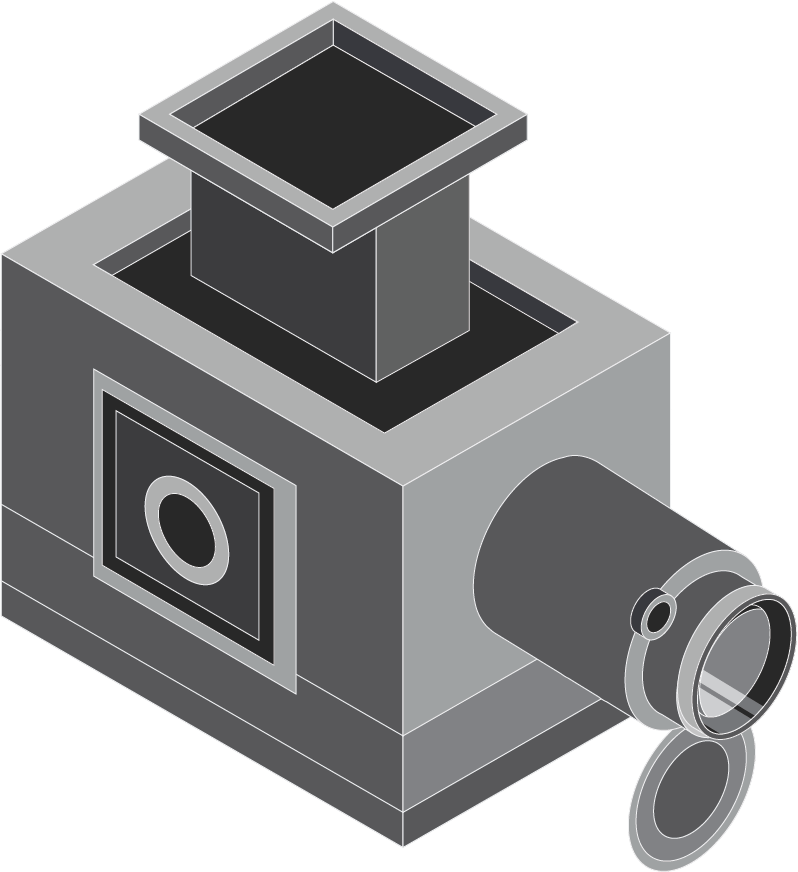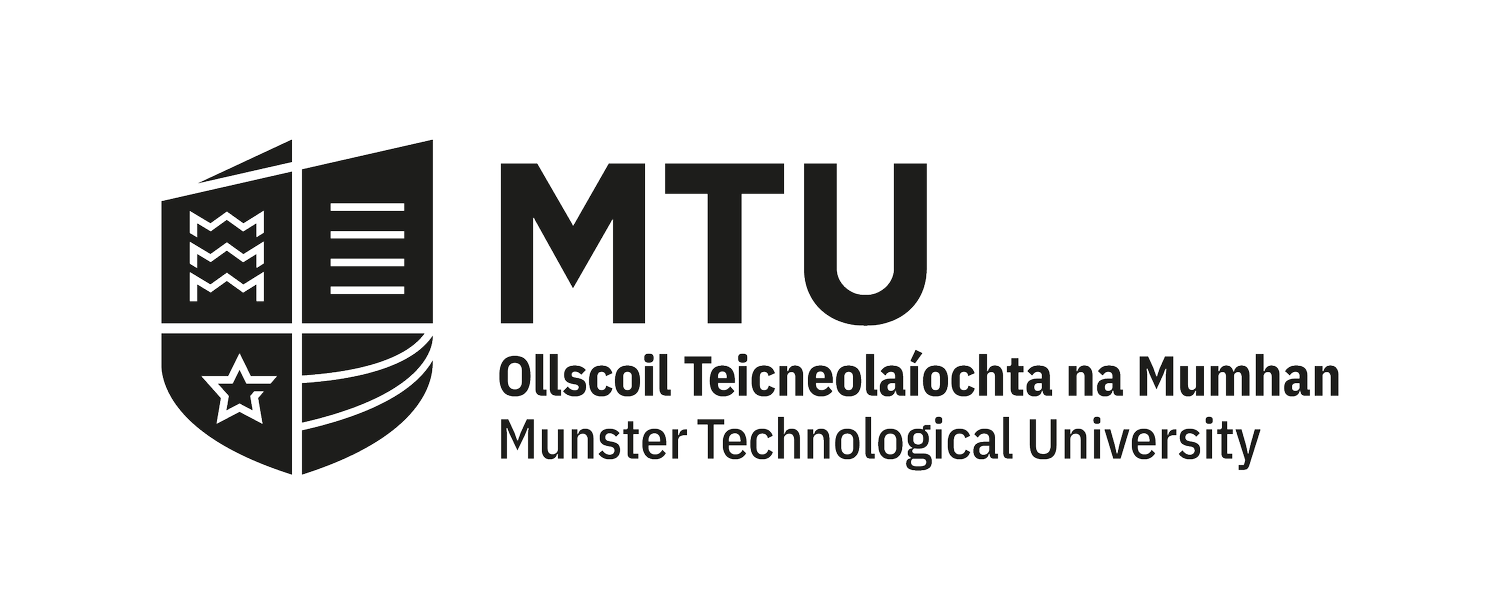
2012
2012
VIRTUAL REALITY HARDWARE
Seen as VR's singularity moment, the Oculus Rift began as a Kickstarter project and exploded onto the gaming and virtual reality development scene. Many argue that virtual reality and the related technologies of augmented and extended reality have the potential to radically transform teaching and learning practice but it is unclear if they will become truly mainstream educational technologies.

2010
2010
TABLET
The iPad's large touch screen, portable format and the ability to download a large variety of educational apps made it attractive to schools on its launch in 2010. As with many educational technologies, opinions and studies vary as to the effectiveness and appropriateness of the technology for teaching and learning purposes.

1996 - 2008
1996 - 2008
SMARTPHONE
Nokia introduced a PDA with full mobile phone functionality – the popular 9000 Communicator – as far back as 1996. However, the Apple iPhone (2007) and the first Android phone (2008's HTC Dream) are generally regarded as the world's first modern smartphones.

1992
1992
PDA
(Personal Digital Assistant)
The Apple Newton was the first PDA. From the late 1990s to the early 2000s PDAs were piloted in schools and educational institutes as instructional, note taking and research tools, but they never really became mainstream.

1990
1990
INTERACTIVE WHITEBOARD
Better known as Smartboards and first developed by Xerox Pare, the interactive whiteboard was first used in small group meetings. In later years these devices made their way into classrooms worldwide, though their effectiveness as a teaching tool is still debated.

1980
1980
HOME COMPUTER
1977's Apple II presaged the home computer revolution of the 1980s. Machines like the Commodore 64 and the ZX Spectrum are underpowered by today's standards, but basic programming languages and authorware made it possible for non-programmers to create basic computer-aided learning resources.

1960
1960
PLATO SYSTEM
(Programmed Logic for Automatic Teaching Operations)
The University of Illinois developed the PLATO computer-assisted instruction system in the 1960s. By the late 1970s, PLATO supported several thousand terminals distributed worldwide. The platform is arguably the first example of a Learning Management System.

1957
1957
SKINNER TEACHING MACHINE
Developed by the behaviourist B.F. Skinner, this machine and its many iterations made it possible for students to move through lessons at their own pace and receive answers and the offer of a reward, usually in the form of encouragement when answering correctly.

1930
1930
OVERHEAD PROJECTOR
Also known as a "viewgraph", overhead projectors were first used in education by the U.S. Army for training soldiers as World War II came to a conclusion. They were ubiquitous in classrooms and conference rooms for over 50 years, but have now largely been replaced by document cameras and data projectors.

1926
1926
TELEVISION
Scotland's John Logie Baird pioneered the world's first television transmission. Beginning with closed-circuit broadcasts in U.S. schools in the 1940s, the educational application of TV took off with commercial broadcasters beaming educational programming into American homes from the 1950s.

1925
1925
FILM PROJECTOR
Magic lanterns were eventually replaced by "filmstrip projectors" that could display as many as 50 still images on a screen or wall while students listened to an accompanying cassette or record. Audio cues let teachers know when to advance to the next image.

1905
1905
STEREOSCOPE
Learners can view instructional images in 3D using the stereoscope; an optical device that mixes two images to create an illusion of depth and magnification for the viewer.

1901
1901
RADIO
Guglielmo Marconi was the first to send a radio signal across the Atlantic, disproving the idea that the curvature of the earth would limit transmission. In years to follow, radio became the first electronic medium used to teach at a distance.

1890
1890
SLATE & BLACKBOARD
Use of chalk and tablets dates back centuries, but the term "blackboard" goes back to the mid 1700s, when wood was painted black and carbonate rock was used for writing, inaugurating the pedagogical era of "chalk and talk".

1870 Magic Lantern
1870
MAGIC LANTERN
The Magic Lantern was first used for teaching in Germany. Images drawn on glass frames are projected onto the walls of a darkened classroom. The first machines used lamp oil before using limelight and finally electric bulbs.
